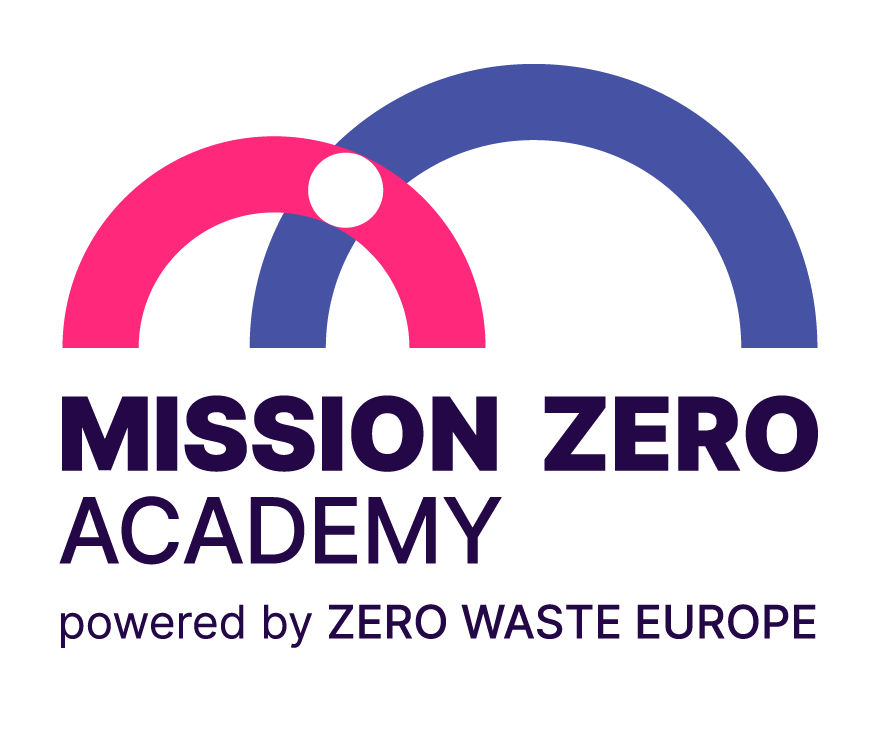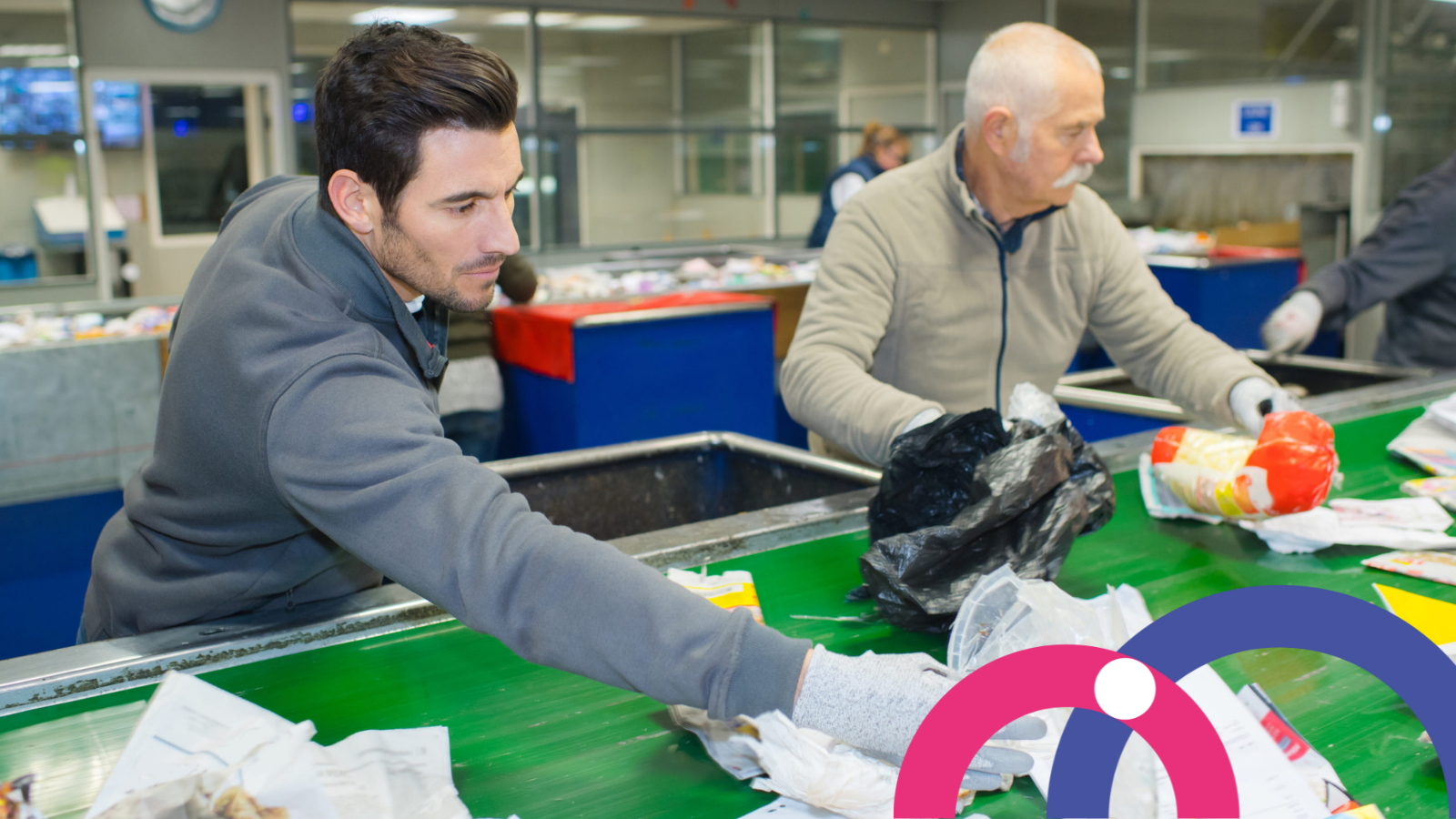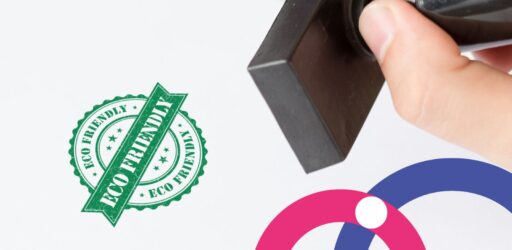Last week we touched upon the definition and benefits of MRBT, Material Recovery and Biological Treatment of waste, on the road to a circular economy.
Although the EU Circular Economy Roadmap focuses on reducing waste and recycling as much as possible, it also calls for halving the residual waste by 2030. This requires proper management of residual waste reducing the impact of residuals once buried in a landfill, while we work on redesigning products, materials, and processes.
The flexibility of an MRBT system combines biological treatment and sorting equipment, to allow us to do exactly that. In the meantime, it also helps to recover materials such as metals, plastics, paper that are still included in residual waste after separate collection.
MRBT has obvious benefits as a transitional strategy, but how can municipalities in the European Union start using this system in order to prepare for a circular future?
Why Waste-to-Energy is not the answer
A common misconception is that residual waste is an either/or question: either landfill or an incinerator. However, the circular economy focuses on preserving materials and resources in the waste system, while minimizing “leakages,” such as landfilling and Waste-to-Energy (WtE). Incineration or co-incineration of waste consumes vast amounts of resources, releases greenhouse gases, and perpetuates a linear economic system. This practice clearly undermines the EU’s efforts to decarbonize. Additionally, it produces little energy and emits a greater amount of CO2 per kWh than conventional fossil-gas-power plants.
The key to minimizing the impact of residual waste is not to slow down the efforts towards waste reduction and to become another contributor to greenhouse gases. Therefore, a solid “bridge strategy” such as MRBT is needed to take us from the current situation to a circular economy in which waste is significantly reduced and where reuse and recycling are increased, while the disposal is minimized.
From MBT to MRBT: turning vision into a reality
Many cities have built Mechanical Biological Treatment Facilities (MBT) during the last decade with the aim to produce a refuse-derived fuel that is used for the generation of power. However, it is clear that MBT is not the solution. To turn the circular economy vision into an operational reality, proper zero waste programmes are needed, which aim to recover materials from mixed waste for recycling purposes before the rest is biologically stabilised for safe landfilling.
Keeping in mind the operational goals of pre-treatment within a sustainable, flexible and adaptable strategy, MRBT should be made up of three parts:
- A section for separating dry materials from organics. In order to accomplish this, primary screens should be installed after bag openers. These allow most dry materials like paper, plastic, metals, and cartons to end up in the larger, coarser materials, while organics will be diverted into the smaller, softer materials.
- A mechanical sorting section for the coarse, dry materials that are separated from the organics at the beginning.
- A biological treatment section for mechanically separated organics, that should operate a “composting-like” process, designed to reduce fermentability and achieve stability of the organics.
The combined effects of these three sections of an MRBT mean that the system is able to recover materials that were not targeted or captured by separate collection while stabilising fermentable materials still included in residual waste. This will minimise the negative impacts of residuals once they are buried in landfills, and reduce the total amount of waste landfilled.
Sharing skills and supporting innovation
In a zero waste approach, it would also be important to include a dedicated space for a permanent research centre about hard-to-recycle goods and materials, next to establishing a bridge strategy with MRBT. This “Zero Waste research centre” would focus on items in residual waste that might need to be redesigned or processed to make them reusable or recyclable.
Such models have already been shown to be successful in addressing materials that were not recyclable and were subsequently redesigned through the involvement of the industrial responsibility or targeted by new business models based on “product as a service” (for example in the case of coffee pods being redesigned for recyclability in Italy). Ideally, this research centre should involve universities, designers and all those having skills and expertise in problematic materials, related problems in recycling operations, product design and innovative business models.
With MRBT, we reduce the lock-in effect of incineration and the accompanying climate impacts, while efficiently improving the performance of waste management systems. It should become the norm so, in the meantime, municipalities, and governments work on optimizing the separate collection of waste and trying to reduce items ending up in landfills.
This article is based on ‘Building a bridge strategy for residual waste – Material Recovery and Biological Treatment to manage residual waste within a circular economy‘ policy briefing by Zero Waste Europe.





